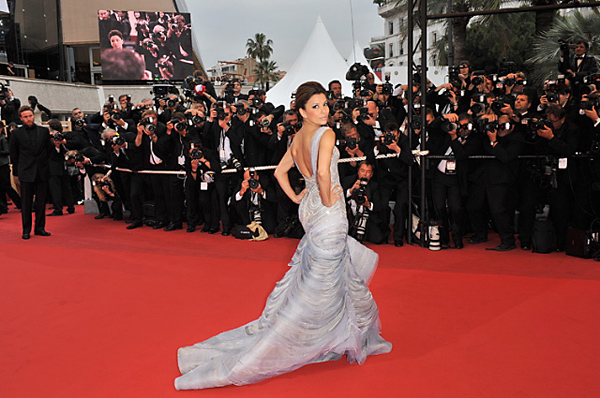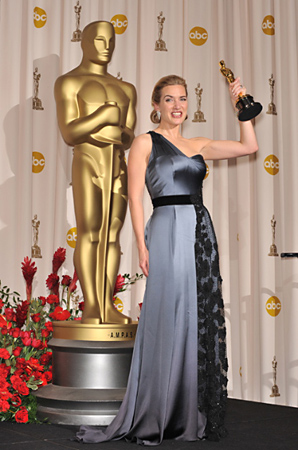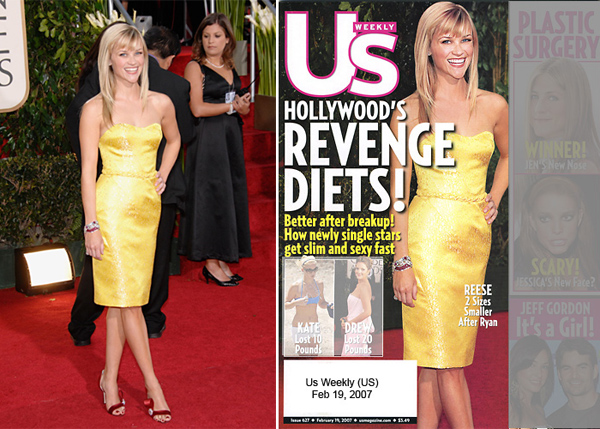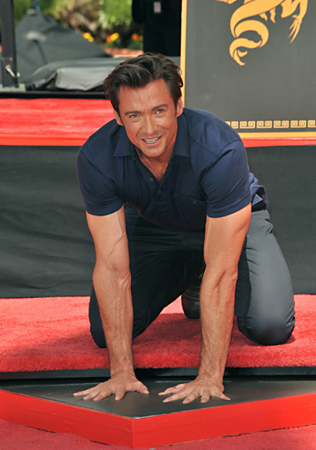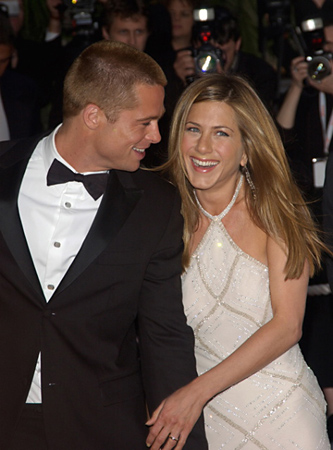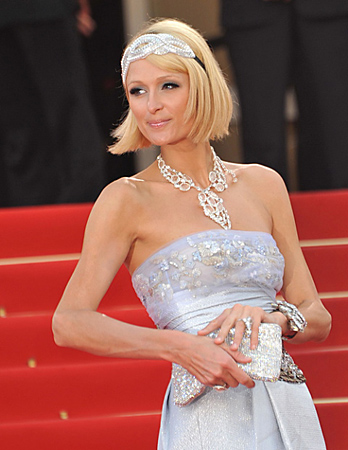Share
From the Red Carpet to the Front Page
By Paul Smith/Featureflash Photo Agency Professional photographers who routinely cover entertainment events are often annoyed when called “papa...
By Paul Smith/Featureflash Photo Agency
Professional photographers who routinely cover entertainment events are often annoyed when called “paparazzi.” I admit we’re prone to extreme rushes of adrenalin when A-list celebrities walk by, and our cacophony of “Jennifer!” “Brad!” or “Miley!” is, well, just plain bizarre. But the vast majority of these fully credentialed men and women photographers, who work regularly with the entertainment media and Hollywood publicists, do not race down Rodeo Drive in black SUVs chasing Britney Spears.
Pros at red carpet events could not do their job without keeping up on the latest equipment and imaging technology. We also have to know what events are happening, maintain good relationships with the studios and publicists, acquire proper media badges, and play by the rules at movie premieres, awards ceremonies like the Oscars or Golden Globes, celebrity parties, film or TV sets or film festivals. More photographers are also using services like PhotoShelter, which is an integral part of my web site and combines seamlessly with the other elements of my site.
Not just anyone can pick up a camera and start shooting at Hollywood events, as it is a controlled, restricted media environment with very tight security. But I can give you some insight into what I do, the equipment and technology I use, my workflow, and the fast-changing market.
In 1991, I opened the Los Angeles office of Featureflash Photo Agency. Thousands of my photos have been placed throughout the world in a wide variety of publications. I’ve covered hundreds of film premieres, awards shows and other entertainment events, including a particular favorite of mine, the Cannes Film Festival, every year since 1979. So far, there are about 120,000 celebrity images in my online archive, which are sold either directly or through photo agents to magazines and newspapers worldwide, web sites, as well as for download sales.
I’ve always been fascinated by technology, so that interest dovetailed nicely into digital photography. I was one of the first freelance photographers to digitally transmit Hollywood red carpet photos all over the world. Featureflash received the Computerworld Smithsonian Award in Media, Arts & Entertainment in 1998.
For the 10 years that I ran my photo agency on Fleet Street in London, selling pictures to British daily newspapers, I never dreamed how digital would rock the photography world. What I do today would have been science fiction to me then. In those days, we literally walked our prints over to the newspaper and put them on the photo desk. Now photographers routinely transfer images all over the world at lightning speed.
Equipment/Shooting Position/Shot Set-Up
When it comes to my equipment, I’m a little like Eric Clapton and his prize Stratocaster electric guitars. At this time, I shoot with the Nikon D3 and Nikon D700 SLRs using Nikon 28-70mm and 70-300mm zoom lenses, and Quantum Q-Flash and Nikon SB900 flashes. I use a Mac Pro desktop with dual monitors, MacBook Pro when I’m on the road and the iPhone for keeping abreast of emails and up-to-the-minute news of celebrity events.
I have to be in the right place at the right time. Obviously, it’s generally best to be in the front row on the red carpet so I’m on the same eye level as the celebrities. I always try to get good full-length fashion pictures with eye contact and a range of expressions. I also shoot headshots and some half-lengths to give the editors a choice. Magazines tend to use headshots for the cover and full-length inside. These photos also maintain better shelf life for stock use.
Of course, the pictures must be correctly exposed and focused. Although it is possible to correct some errors in Photoshop, it’s much better to get it right on the camera because time is money, and the quality is better.
Keep it in Perspective
In this competitive, nerve-racking business, we have to maintain a sense of humor. If I didn’t laugh, I’d go crazy when yet another publicity office sends out a media advisory promising stars that never show up. Or they favor the video crews, and we still shooters are crammed into the photographer’s pen like an after-thought.
To get stars to look at my lens, I have to yell out their names, but it’s hard on the voice. Some stars show up constantly in black or with sunglasses that they won’t take off. Celebrities are prone to the same moods as the rest of us and may rush by without posing. It is also frustrating when a star won’t pose with a partner or kids when they’re all at the same event.
When photographing dozens of red carpet events each month, we find it very easy to get jaded and not bother shooting yet another D-list celebrity that a publicist dutifully positioned in front of us. However, it’s important to get at least a couple of frames of everybody, as I never know when those pictures may become important. I can’t tell you the number of times someone became famous, and I had an earlier image of him or her on file.
Get the Pictures Out Fast
After a job, it’s straight to the Mac, where I download the cards. Photo Mechanic is next for browsing and selection, Photoshop for editing, of course, and then I send the jpeg images via FTP. The faster I download my photos and transmit them to my agents and the media worldwide, the better chance of good sales. With so many other photographers sending photos, it can be very competitive. The PhotoShelter FTP export tool is very useful for sending batches of images to multiple clients at once.
Images on my PhotoShelter site are priced for rights-managed sales, print sales and for online use in blogs, among others. All of my images are shot “on spec,” which means that I have to get the right images in order to make sales. So, it is crucial that I retain copyright of all of my images.
Know Your Archive
The best recipe for success is to get great pictures and get them to my clients as quickly and efficiently as possible. It’s important to remember what’s in the archive. Over 100,000 images in my archive may seem like a challenge, but I have a pretty good recollection of what and whom I’ve photographed. I have to keep an eye on any news stories that break and know whether I have good images to send to take advantage of those stories.
When Mel Gibson’s wife filed for divorce earlier this year, I knew I had photographed the couple. Getting pictures of them together was very rare. I immediately checked my archive, located the pictures of them I took at the Oscars in 1997, and quickly sent them out to my clients. The upshot was that many publications all around the world published the photos.
Market Directions
The editorial celebrity photo market has changed so much in the past 10 years! Some changes have been very good for photographers – the switch to digital, faster and less costly computers, the Internet, and broadband connections enabling almost instant delivery of images to clients.
Long before the days of the Internet and digital cameras, wire services like AP and Reuters were the only ones wiring pictures, and they only covered the big Hollywood events like the Oscars. I saw an opportunity because the wire services weren’t attending the everyday Hollywood film premieres, which often teemed with celebrities. Because I was one of the first to wire movie premiere photos overseas, many newspapers had them up and running hours after the premiere, rather than the following week.
Modern Internet connections certainly make my life so much easier. When I first started transmitting images overseas, it took 20 minutes to send one color image to one newspaper. Now it takes just seconds to deliver an image of far better quality. Not only that, but I can now transmit to multiple clients at once. And, of course, when the images are on my website, they are immediately available to any number of clients anywhere in the world.
There are also many challenges in the industry, mainly from the mega photo agencies, Getty/Wireimage and Corbis. Unfortunately, these agencies have decimated the market in terms of image cost. There seems to be a constant downward pressure on prices, which makes it very difficult for smaller agencies and individual photographers to continue to earn a good living in editorial photography.
Many magazines pay for an “all you can eat” subscription deal with one of the major agencies, and this means that quite often they won’t even consider images from another agency. Publications that used to pay $250 for a picture 10 or 15 years ago will now only pay $50. Sorry to detonate a popular myth, but unlike an exclusive paparazzi shot, the typical red carpet fashion shot does not bring in a lot of money. You have to sell a lot of images in an extremely competitive market.
I think there will come a point when photographers will refuse to continue to supply images to agencies that sell for such low rates. They will realize that modern technology, and services like PhotoShelter, can work in their favor and enable them to efficiently sell directly to clients and bypass the agencies – in effect creating their own agencies.
I also see video as having a growing influence on the industry. With the advent of new digital SLRs that can also shoot high quality video, more photographers will be able to offer both stills and video to their clients. Of course, this will bring a whole new set of challenges but also a whole new set of opportunities. One thing is certain: the industry will continue changing.
Paul Smith owns Featureflash and specializes in celebrity and red carpet photographs. Smith has covered hundreds of film premieres, awards shows and other entertainment events, including the Cannes Film Festival – the world’s largest and most prestigious movie festival – every year since 1979. Featureflash was an early pioneer in the digital transmission of photographs, and received the Computerworld Smithsonian Award in Media, Arts & Entertainment.
